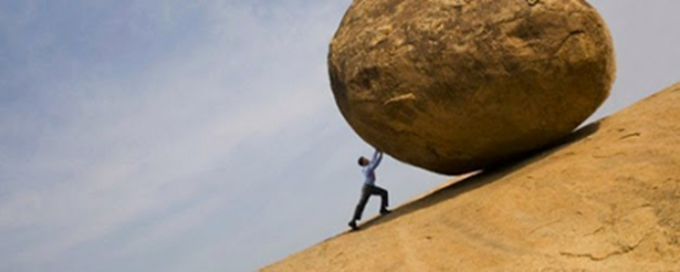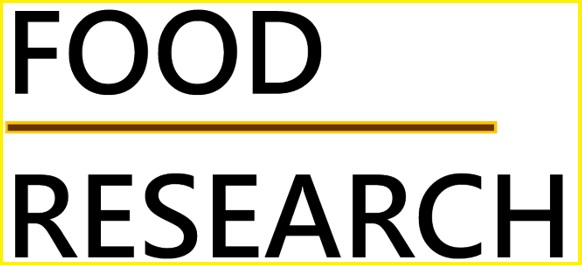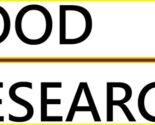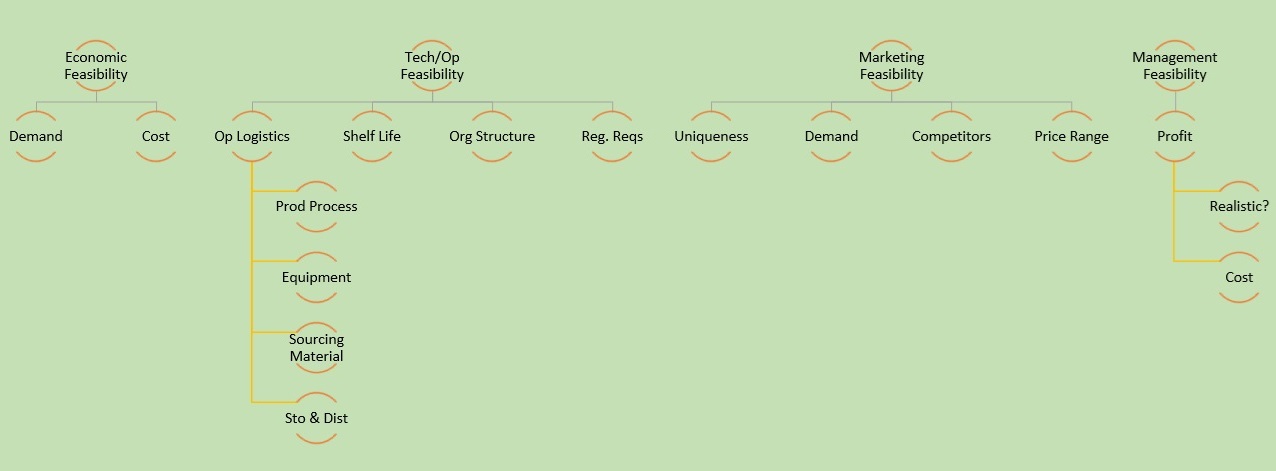
Feasibility Study – New Food Product
A Feasibility Study is an evaluation of the entire product development process and understanding its challenges, cost, timings and possibilities for success. Moreover it determines the practicality of your new product development plans in order to judge whether you’re able to move forward to the next phase of new product development.
There are five main areas where you can focus to find out if new product is viable or not.
| Five key areas of feasibility study | ||||
| 1 – Economic | 2 – Technical/Operational | 3 – Marketing | 4 – Financial | 5 – Management |
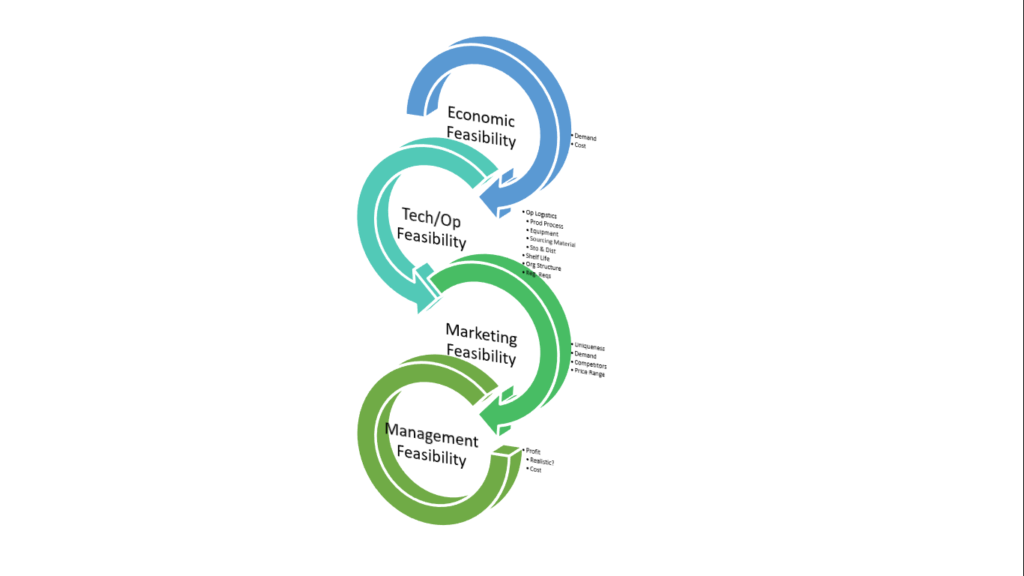
Economic
In Economic Feasibility Study, companies perform the analysis to find the cost of developing the new product and its revenue from sales.
Here is a basic question: “What would be the annual demand?”
They would also consider factors such as the size of the order for manufacturing on monthly basis. In other words, are there any costs which will be added to install new equipment?
Costs of any specific equipment are needed for manufacturing your product, gather them.
Technical/Operational
In technical feasibility, companies find out if the product can be scaled up and identify operational needs to manufacture the product. You can determine the technical feasibility by asking some questions and find out the answers to make sure you can produce the product on large scale after benchtops are done.
Here are some basic questions:
- How is this product going to be made?
- Is there any specific set up needed?
To establish the process, start with a process flow chart for the new product and figure out if any specific equipment is needed. Always think of alternatives for the equipment you need, you may already have those in your facility. If you need any new equipment, assess the available space and ensure the new equipment can fit in your assembly as well as your budget, ensuring that the new product is profitable.
Logistics
Difficulties with sourcing neccassary materials.
Go through the ingredients deck of the new product to find vendors and availability of the raw material based on given timeline. At this point, you can also think of alternative raw material which may be already present in-house.
Q: What will be the environmental requirements storage to distribute this product?
This step of feasibility check helps you to understand if you have enough space to store the product. is there any specific storage requirement needed. For distribution you need analyze the fright coasting and specific trucks like cold storage trucks needed.
Q: How would the benchtop idea scale up?
This is the crucial feasibility task to make sure whatever you have developed on the benchtop is easy to replicate on the production floor.
You must plan to ensure equipment and process used in benchtop can be easily replicated on the production floor.
Shelf Life
Q: What is the expected shelf life of the product?
You can estimate the shelf life based on the ingredients being used, chemical properties like it’s pH, water activity etc. and process of manufacturing this ingredient.
Organization Structure
Q: What does the organizational structure look like? What kind of personnel do you need to develop benchtop samples, scale of testing and then commercialization of the product?
This step helps you identify requirements for the personnel that are required for the process, whether they are food scientist to develop the product or engineers to operate equipments or certified personnel to operate certified equipment etc.
Regulatory Requirements
Q: What will be the regulatory requirements for this product.
You need to find out whether the facility is certified to manufacture that product, if not, then what certifications are required.
Q: Are the raw materials in alignment with FDA or USDA requirements.
An important consideration that can help speed up the certification process by using certified material.
Marketing
A market feasibility study is a helpful idea for all companies when developing new product to avoid losses and decrease the risk of failure. It gives you advantage with accurate information and insights to make evidence inspired and informed decisions.
Q: How can you make this product different from others?
You can think of adding nutrient value to the product among some other creative ideas you can come up with.
Q: What is the demand of the product?
You must assess the demand to make sure if your product is sharing the market and there is enough room to sell this product, OR if you are creating a new market.
Q: Who are your direct or indirect competitors?
Your direct competitor will, who is making same category of product and indirect will be who are making almost same nutritional but different category of the product. Identify areas that set your product apart from the competition.
Q: What will be the price range?
You can find out the price range consumer will agree to pay. Once again, review the competitive products and their prices to strategize your price range.
Financial
Financial feasibility study is a process is helpful to understand that the proposed project if financially viable. The goal of the analysis is to have an idea of the financial risks and potential rewards associated with the project, and to recommend any necessary adjustments.
In this process, you must ensure that all associated costs to the process, ingredients, personnel etc. is considered and the market pricing study to assist with the financial viability of the product.
Management
Management feasibility purpose is to analyze if the project meets certain criteria. The most important criteria are whether the project is realistic from both the technology and the cost point of view and whether it is likely to contribute to the company’s future profits.
Once again, all the analysis performed during the feasibility study will assist in determining the management feasibility of the product.
Conclusion
The companies need to carefully examine the feasibility study and challenge its underlying assumptions. This is the time to evaluate each aspect of feasibility to determine if you can move forward or not.

